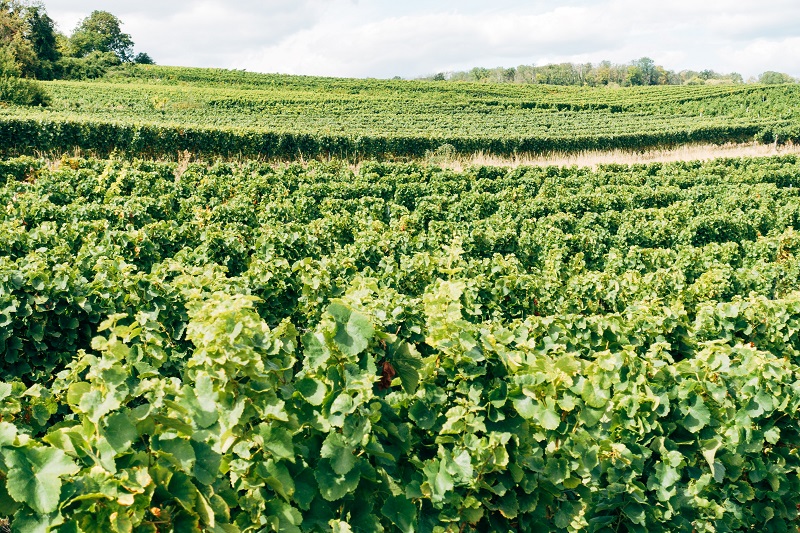Why Now Is the Time to Get the Deadwood Out of Your Orchard
If I could boil down the message I’ve heard loud and clear this year regarding tree and vine crops, it’s this: “When in doubt, rip them out.”
In two-plus decades of involvement with this industry, I can’t recall a time when this call has been so consistent over such a number of crops. In fact, berries is the only one of the five crop categories we cover — in addition to pome, stone, grapes, and nuts — in which I haven’t heard industry experts express these sentiments.
The messages started right off the bat in 2020, at the Unified Wine & Grape Symposium in Sacramento, when Allied Grape Growers President Jeff Bitter screened a large image in the convention hall of an emoji his teenage daughters created of him saying: “Pull Out Some Vines.”
This past summer, at the USApple Association’s Outlook 2020, Washington growers took great pains at the online meeting to tell their fellow growers around the country that there were many apples on the trees this year in the Pacific Northwest that would go unpicked.
Just recently, I was interviewing an economist, Roland Fumasi, North American Regional Head, RaboResearch Food & Agribusiness, who doesn’t usually have specific advice for growers when it comes to their orchards. But almonds are under pricing pressures lately, and let’s face it, how many crops aren’t? Still, this is a message that I haven’t heard for a crop that has boomed like few had for many years:
“One take-home message is that given the downward price trend, this is a good time to retire almond acreage that has less-than-desired yield for your growing region. Scrapping underperforming acreage is likely prudent.”
What’s interesting about Fumasi’s statement is that he emphasized “for your growing region.” That’s another takeaway: I can’t tell you how many times I’ve heard in this past year — and for many years, come to think of it — that a big problem with fruit growing in the U.S. is that too much fruit is being grown in the wrong places.
Take ‘Honeycrisp’ apples. They were developed at the University of Minnesota, so you’d think growers would know better than to plant them in warmer (micro) climates. Or sweet cherries in the Southern San Joaquin Valley, where chilling hours are getting in short supply. It appears growers should take a hard look at what is being planted where.
In any case, it’s clear growers everywhere need to think long and hard about all their plantings going forward, and that starts with getting the deadwood out. Examine those block reports to find out which tree and vine crops are making money and which ones aren’t. Is this a trend? Is this something you can’t correct for some reason? If you can’t fix them, rip them out. Perhaps this is just the right time.
After all, this past year was one most of us would rather forget. But now’s an excellent time to take stock of 2020 — and, if you’re anything like me, shake your head at what a trip it’s been — and make some hard decisions. It’s an excellent time for renewal.
Because ripping out certainly doesn’t equate to don’t plant. The key here is that there is a lot of fruit in the ground, in the wrong places, and for the wrong reasons. It needs to go, and this nation — which showed its love for fruit during the pandemic — will respond to buying the right fruit grown in the right places for the right reasons. Have a great holiday, rejoice that 2020 is nearly over, and look forward to robust revitalization in 2021.










